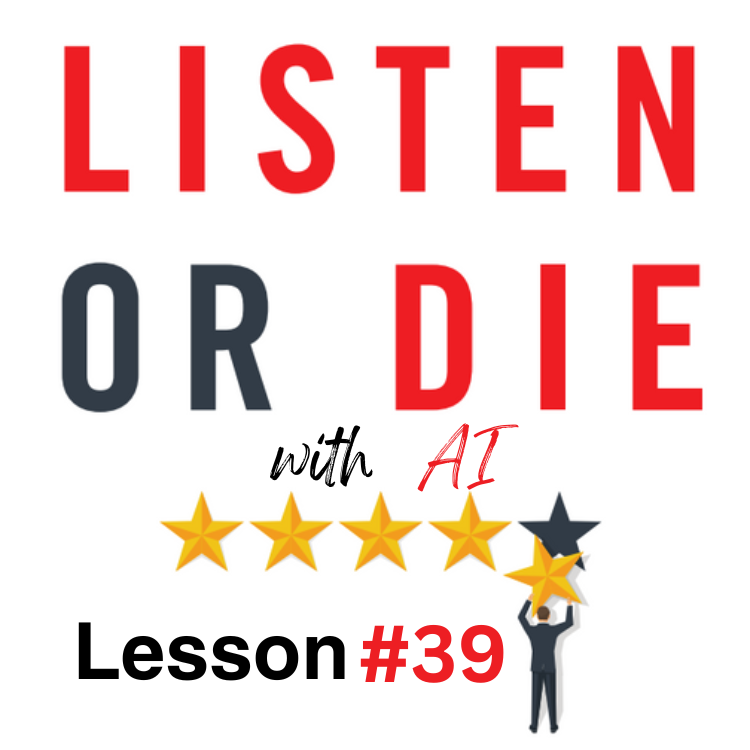Static surveys have long been the industry standard in VoC.
But AI is changing that in exciting ways!
Enter conversational surveys—an innovative approach that uses AI to turn a static survey into a dynamic, evolving conversation with your customer.
And here’s the key: the best application of AI in surveys right now isn’t about replacing structured surveys. It’s about using AI to go deeper on what matters most—your customers’ open-ended responses.
How It Works
Customers answer your standard questions — NPS, satisfaction, experience ratings — but when they leave a comment, AI steps in to ask smart, contextual follow-up questions.
The AI essentially becomes a digital interviewer, digging deeper while the customer is already engaged.
For example, if a customer gives an NPS of 1 and says their biggest issue was housekeeping, AI can respond in real time with:
"We understand you were disappointed with housekeeping during your visit with us. Could you tell us a little more about what went wrong?"
This keeps the customer engaged — and delivers richer, higher-quality unstructured feedback for your business.
Why This Is a Potential Game-Changer
The benefit of this approach is huge:
- Operators still get clean, structured data like NPS, CSAT, and key drivers.
- AI-enhanced open-ended feedback provides more depth and context for root cause analysis.
- It avoids the reporting nightmare that comes with wildly different survey paths for every customer.
This is the future of VoC: combining clean, trendable data with rich, contextual stories about the customer experience.
It’s listening at scale without sacrificing insight.
Checklist for Using AI in Conversational Surveys
- Use AI to enhance open-ended feedback, not replace your structured survey.
- Keep core metrics like NPS and CSAT consistent across all respondents.
- Pilot AI-driven follow-ups on open-ends and monitor whether you’re getting deeper insights.
- Keep follow-ups brief and natural—this should feel like a conversation, not an interrogation.
- Work with your VoC partner to ensure that both structured and unstructured data are easy for operators to view and act on.
Your Turn
Have you started using AI to enhance open-ended feedback in your VoC program? Are you experimenting with conversational surveys? What’s working? What’s not?
Let me know — I’d love to hear your thoughts and experiences.
Comment Here!





